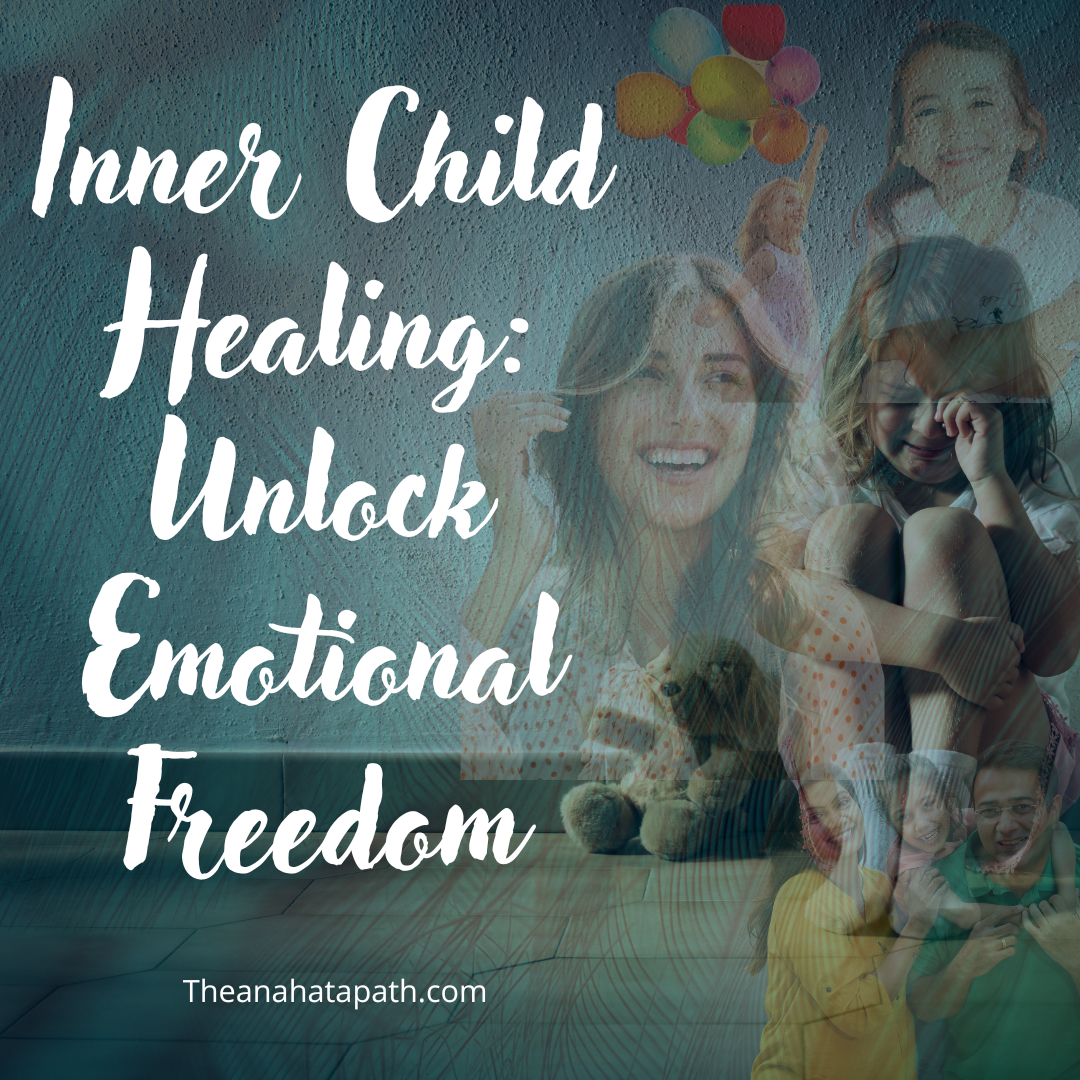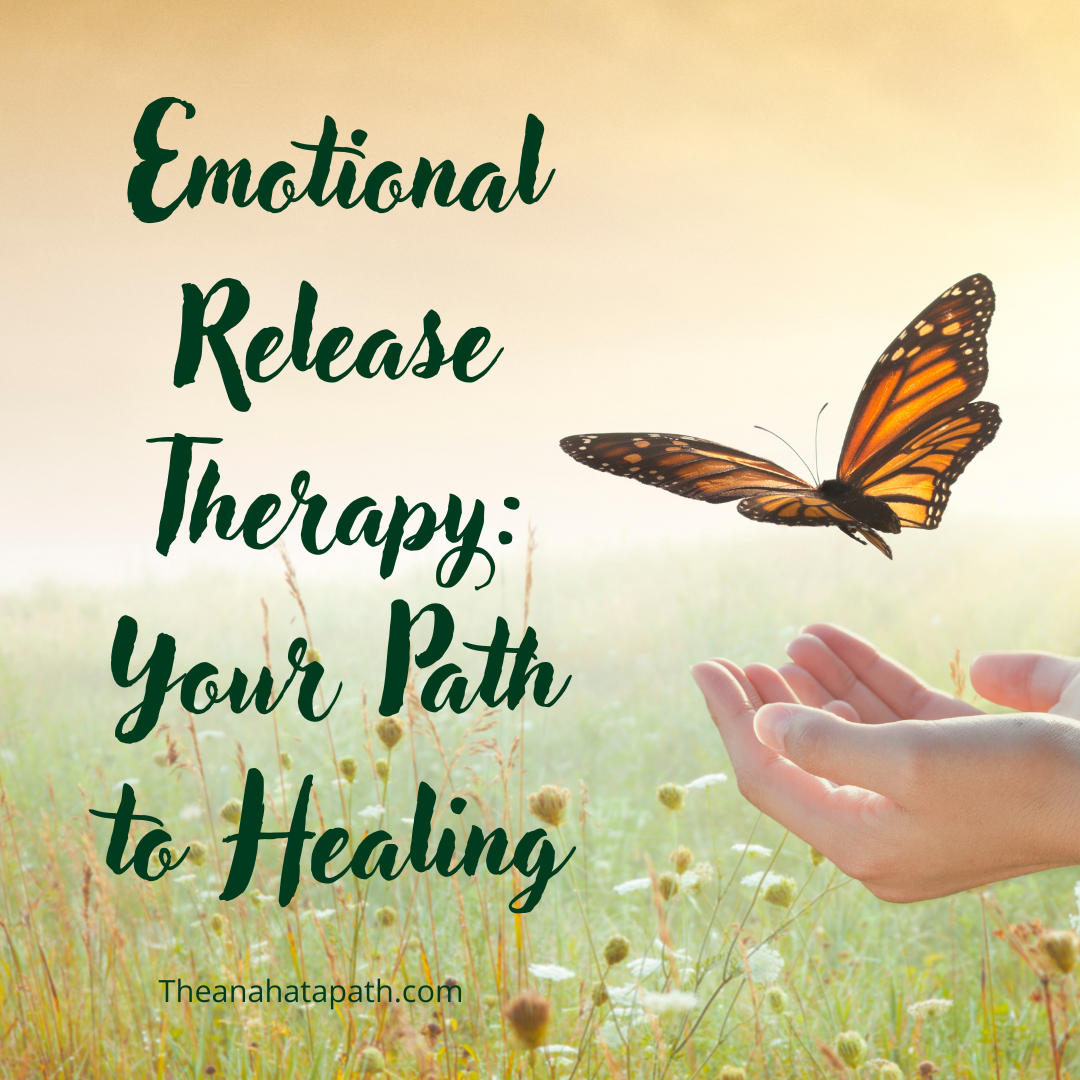Inner child healing is a transformative therapeutic approach that focuses on addressing and healing the wounded inner child within us. This process involves reconnecting with our inner child, acknowledging past traumas, and fostering emotional healing and growth. In this article, we will explore the concept of inner child healing, its benefits, the techniques used, and practical tips for incorporating it into your life. By understanding inner child healing, you can embark on a journey towards greater emotional freedom and well-being.
What is Inner Child Healing?
Inner child healing is a therapeutic process that involves reconnecting with and healing the wounded inner child within us. The inner child represents our true self, encompassing our childhood experiences, emotions, and memories. This part of us often holds unresolved traumas, fears, and unmet needs from our past. By addressing and healing these wounds, we can achieve emotional freedom, self-acceptance, and a greater sense of wholeness.
Benefits of Inner Child Healing
- Emotional Healing and Release
- Addressing Past Traumas: Inner child healing helps individuals identify and process unresolved childhood traumas. By addressing these past wounds, individuals can release suppressed emotions and achieve emotional healing.
- Emotional Freedom: Healing the inner child promotes emotional freedom by allowing individuals to release negative emotions such as fear, anger, and sadness. This emotional release fosters a sense of inner peace and balance.
- Enhanced Self-Awareness
- Understanding Behavioral Patterns: Inner child healing encourages self-reflection and introspection. Individuals gain a deeper understanding of their behavioral patterns, triggers, and emotional responses, leading to greater self-awareness and personal growth.
- Connecting with True Self: Reconnecting with the inner child helps individuals rediscover their true self and authentic emotions. This connection fosters self-acceptance and self-love.
- Improved Relationships
- Healing Relationship Patterns: Inner child healing addresses unresolved emotional wounds that may impact relationships. By healing these wounds, individuals can break free from unhealthy relationship patterns and build more fulfilling and authentic connections.
- Enhanced Communication: Healing the inner child promotes open and honest communication. Individuals learn to express their needs and emotions more effectively, leading to improved relationships with others.
- Increased Self-Compassion
- Nurturing Inner Child: Inner child healing involves nurturing and caring for the wounded inner child. This process fosters self-compassion and self-care, allowing individuals to treat themselves with kindness and understanding.
- Building Self-Esteem: Healing past wounds helps individuals build self-esteem and confidence. They learn to recognize their inherent worth and value.
Techniques Used in Inner Child Healing
- Guided Visualization
- Connecting with Inner Child: Guided visualization involves using imagery and meditation to connect with the inner child. During these sessions, individuals visualize their inner child and engage in a dialogue to understand their needs and emotions.
- Healing Imagery: Visualization techniques help individuals create healing imagery, such as comforting and nurturing their inner child, to promote emotional healing.
- Journaling
- Expressive Writing: Journaling is a powerful tool for inner child healing. Individuals write letters to their inner child, express their emotions, and reflect on past experiences. This practice helps release suppressed emotions and gain insights into their inner child’s needs.
- Reflective Prompts: Journaling prompts, such as “What did my inner child need at that time?” or “How can I support my inner child today?” encourage deeper self-reflection and healing.
- Art Therapy
- Creative Expression: Art therapy involves using creative activities, such as drawing, painting, or sculpting, to express and process emotions. Engaging in artistic expression allows individuals to connect with their inner child and facilitate emotional release.
- Non-Verbal Communication: Art therapy provides a non-verbal outlet for expressing emotions that may be difficult to articulate verbally.
- Mindfulness and Meditation
- Present-Moment Awareness: Mindfulness and meditation practices help individuals stay present and connect with their inner child. Techniques such as loving-kindness meditation and body scan meditation promote emotional awareness and healing.
- Compassionate Presence: Mindfulness encourages individuals to approach their inner child with compassion and non-judgment, fostering a safe space for healing.
- Inner Child Dialogue
- Conversational Technique: Inner child dialogue involves engaging in a conversation with the inner child to understand their feelings, needs, and desires. This technique helps individuals build a nurturing and supportive relationship with their inner child.
- Healing Affirmations: Using affirmations such as “I am here for you” or “You are safe and loved” during inner child dialogue reinforces positive and healing messages.
Practical Tips for Incorporating Inner Child Healing into Your Life
- Create a Safe Space
- Physical and Emotional Safety: Establish a safe and comfortable environment where you can connect with your inner child without distractions. This space should promote a sense of calm and security.
- Emotional Support: Seek the support of a therapist or counselor who specializes in inner child healing to guide you through the process.
- Practice Self-Compassion
- Nurture Your Inner Child: Treat your inner child with kindness, understanding, and compassion. Acknowledge their feelings and provide the love and support they need.
- Self-Care Routines: Incorporate self-care routines that nurture your inner child, such as engaging in hobbies, spending time in nature, or practicing relaxation techniques.
- Engage in Creative Activities
- Artistic Expression: Use creative activities, such as drawing, painting, or crafting, to connect with your inner child and express emotions. These activities provide a therapeutic outlet for emotional release.
- Playful Activities: Engage in playful activities that bring joy and happiness to your inner child, such as playing games, dancing, or exploring nature.
- Regular Self-Reflection
- Daily Check-Ins: Perform daily check-ins with your inner child to assess their emotional state and provide support. Reflect on your experiences and emotions to gain insights into your inner child’s needs.
- Journaling Practice: Maintain a journaling practice to document your inner child healing journey. Use reflective prompts to explore your emotions and experiences.
- Set Healthy Boundaries
- Emotional Boundaries: Establish healthy emotional boundaries to protect your inner child from negative influences and emotional harm. Prioritize your emotional well-being and avoid situations that trigger past wounds.
- Assertive Communication: Practice assertive communication to express your needs and emotions clearly and respectfully. This reinforces a sense of self-worth and empowers your inner child.
Conclusion
Inner child healing is a transformative approach to emotional healing that helps individuals address and heal unresolved childhood wounds. By reconnecting with and nurturing the inner child, individuals can achieve emotional freedom, enhanced self-awareness, improved relationships, and increased self-compassion. Incorporate the techniques of inner child healing into your life to experience greater emotional well-being and unlock the path to a more balanced and fulfilling life.
Whether you are seeking personal healing or looking to cultivate a more compassionate, heart-led approach in your organization, The Anahata Path is an invitation to awaken the heart, release the past, and step into a life—and a world—guided by love and wisdom.



